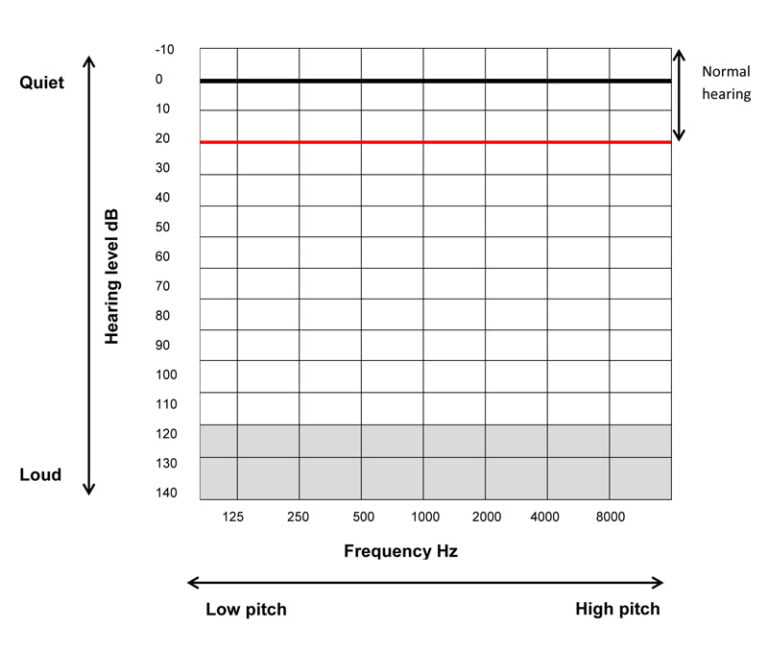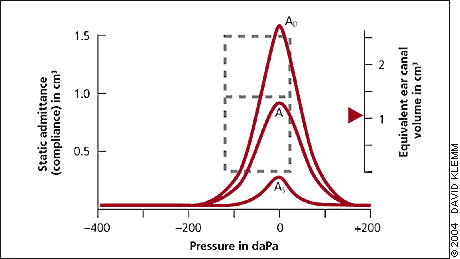Audiology Services -
Audiology Tests (Hearing Tests)
Home | Treatments | Ear, Hearing Loss & Audiology | Audiology Tests
What is a Hearing Test?
A hearing test provides a measurement of the sensitivity of a person’s hearing across the full range of speech. The test will measure the quietest sound that can be heard several points across the speech range – this hearing test is termed an audiogram.
What Happens In A Hearing Test?
The audiologist will first look into your ears to ensure there is no blockage (wax) or any reason the hearing test cannot be performed.
They will then want to take a brief history of your hearing, when you noticed problems, did they occur gradually or suddenly, have you had any infections or injury that may have caused the hearing difficulties and the problems you have had to deal with.
A test of hearing will then be done by performing an audiogram. The test will take about 10-20 minutes, depending on your degree of hearing loss. You will be played a series of sounds through headphones and be asked to respond in some way that you have heard the sound normally by pressing a button every time, no matter how quiet or faint.
This is done in one ear and then the other, as the results can be different. Depending on the result there may be other tests required, but this will be explained at the time.
How Are Your Hearing Test Results Measured And Recorded?
Sound is measured in two key ways:
- volume or level – measured in decibels (dB)
- pitch or frequency (whether it’s high or low) – measured in hertz (Hz)
What Is An Audiogram?

Volume or loudness is measured in decibels (dB). Sounds become louder from the top down – softest near the top of the graph. Pitch or frequency which is measured in hertz (Hz). Frequency goes from low (125Hz) on the left to high (8000Hz) on the right.
Normal hearing is when the softest sounds heard are between -10 and 25 dB. If the sounds are louder than 25 dB and you still can’t hear them, then there is a hearing loss. The further down the chart the line of your hearing test comes, the worse your hearing is.
Mild hearing loss is between 25dB and 40dB. You often have difficulty following speech especially in noisy situations. This type of loss is often noticed by family first rather than yourself.
Moderate hearing loss is between 41dB and 70dB. You often have difficulty following speech and other quiet noises.
Severe hearing loss is between 71dB – 90dB. You are unable to hear speech even in quiet surroundings and do not hear general noises such as traffic unless it’s loud.
Profound hearing loss is greater than 90dB. You are unable to hear most sounds unless they are really loud.
Courtesy of MED-EL.
What is Tympanometry?
Tympanometry is a test where air pressure in the ear canal is varied to test the condition and mobility (movement) of the ear drum (tympanic membrane) and is useful in detecting disorders of the middle ear.
The test is initiated by performing a visual inspection of the external auditory canal of the patient with an otoscope to evaluate the ear canal of the patient and to ensure that there is a clear path to the ear drum. A probe tip then is inserted into the ear of the individual that will change the air pressure in the patient’s ear, produce a pure tone, and measure the body’s responses to the sound and different pressures.
During the test, it is important for the patient not to speak, move, swallow, or startle. All these actions can alter the pressure in the middle ear and invalidate the test results. The sounds heard during the test may be loud and potentially startling, so a conscious effort of the patient is required to avoid a startle reflex.
If this test is being performed on a child, it may be helpful for the examiner to explain how the test will feel, and even practice or demonstrate on a doll. The more familiar a child is with what will happen and why, the less anxiety he or she will feel.
There may be some discomfort to the patient while the probe is in the ear, but no harm will result. The patient will hear a loud tone as the measurements are taken. There are no risks to the patient.
Tympanometry determines the functionality of the tympanic membrane by observing its response to waves of pressure, and measuring the air pressure of the middle ear.
The normal air pressure inside the middle ear is 100 (a very small amount). The tympanic membrane motion should appear smooth and symmetrical.
Abnormal Tympanometry results may be indicative of any of the following:
- fluid in the middle ear
- perforated ear drum
- impacted ear wax
- scarring of the tympanic membrane
- lack of contact between the conduction bones of the middle ear
- a tumor growing in the middle ear

References:

